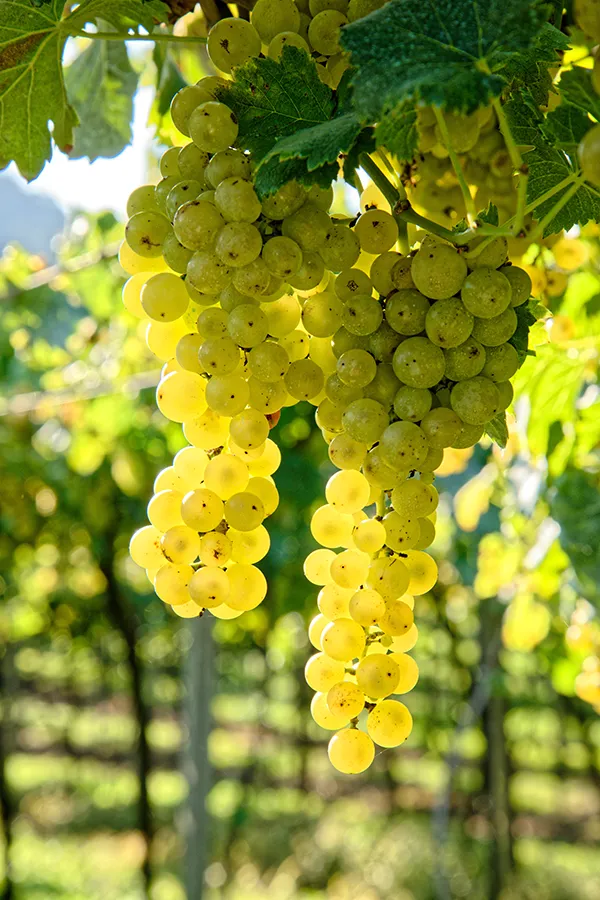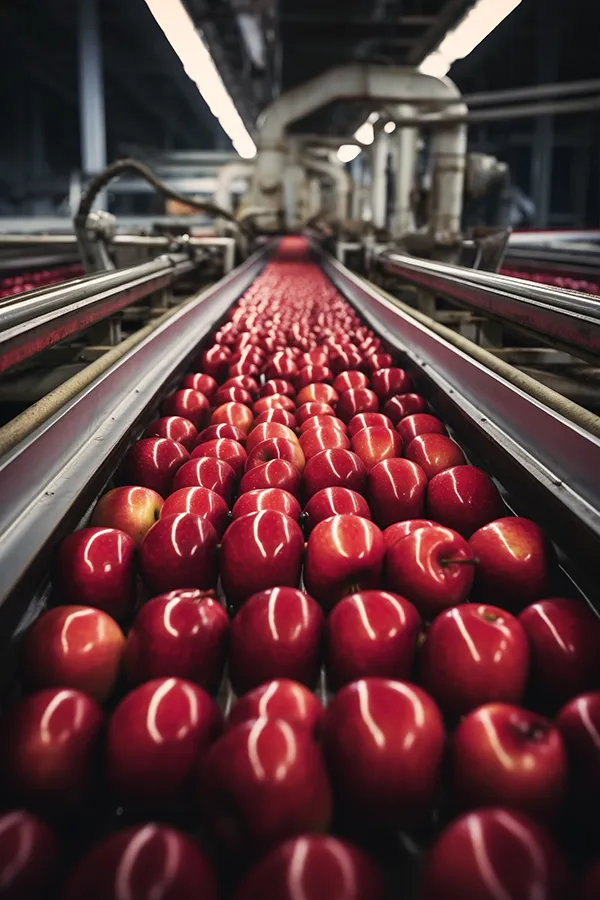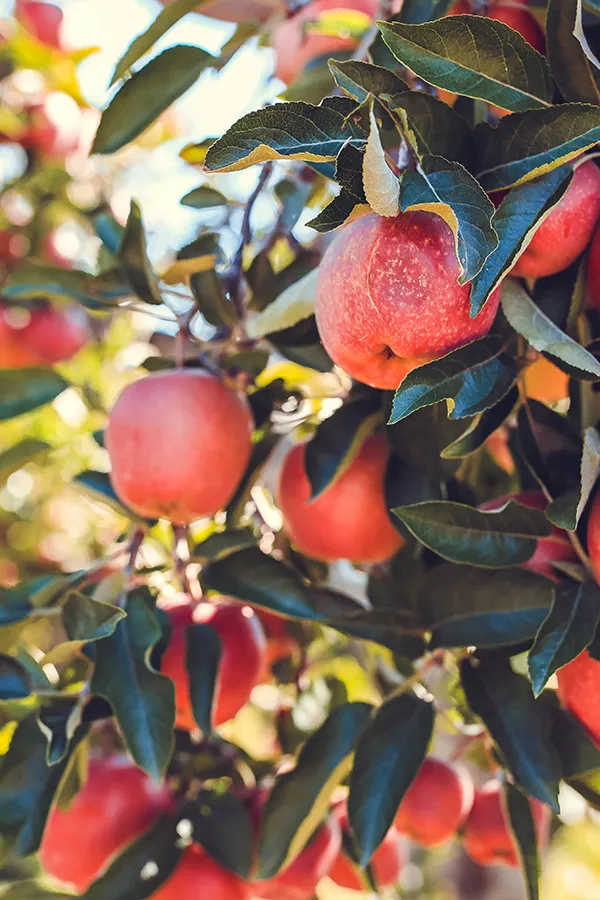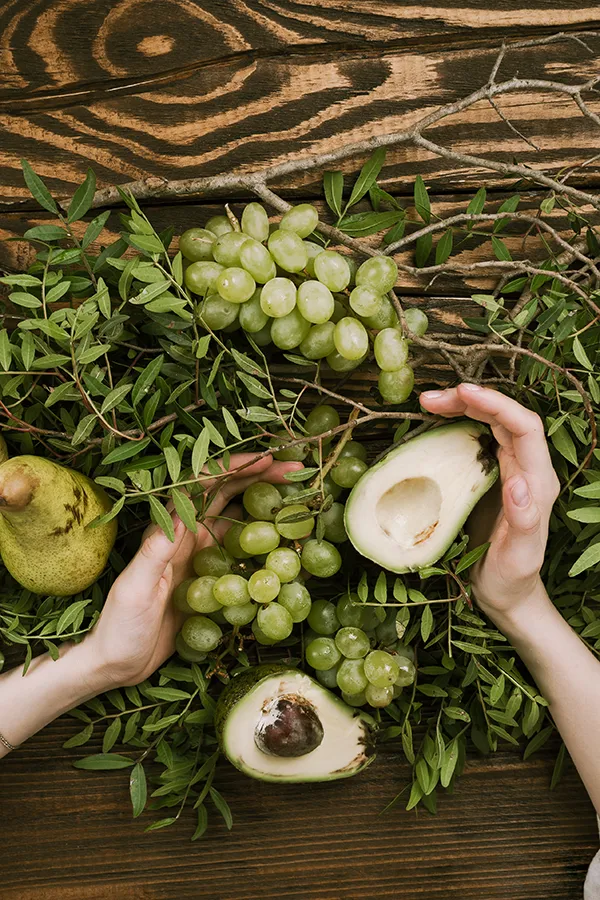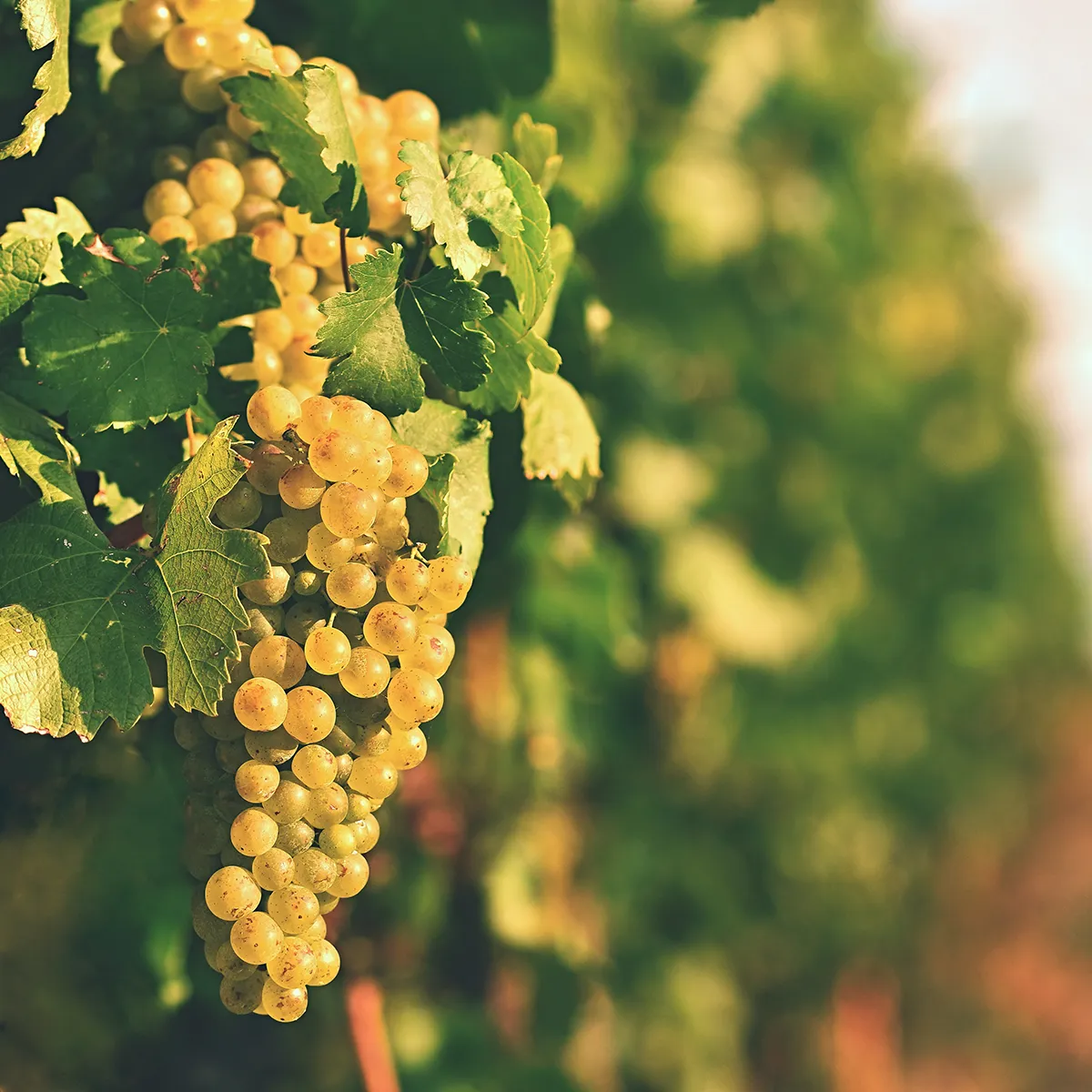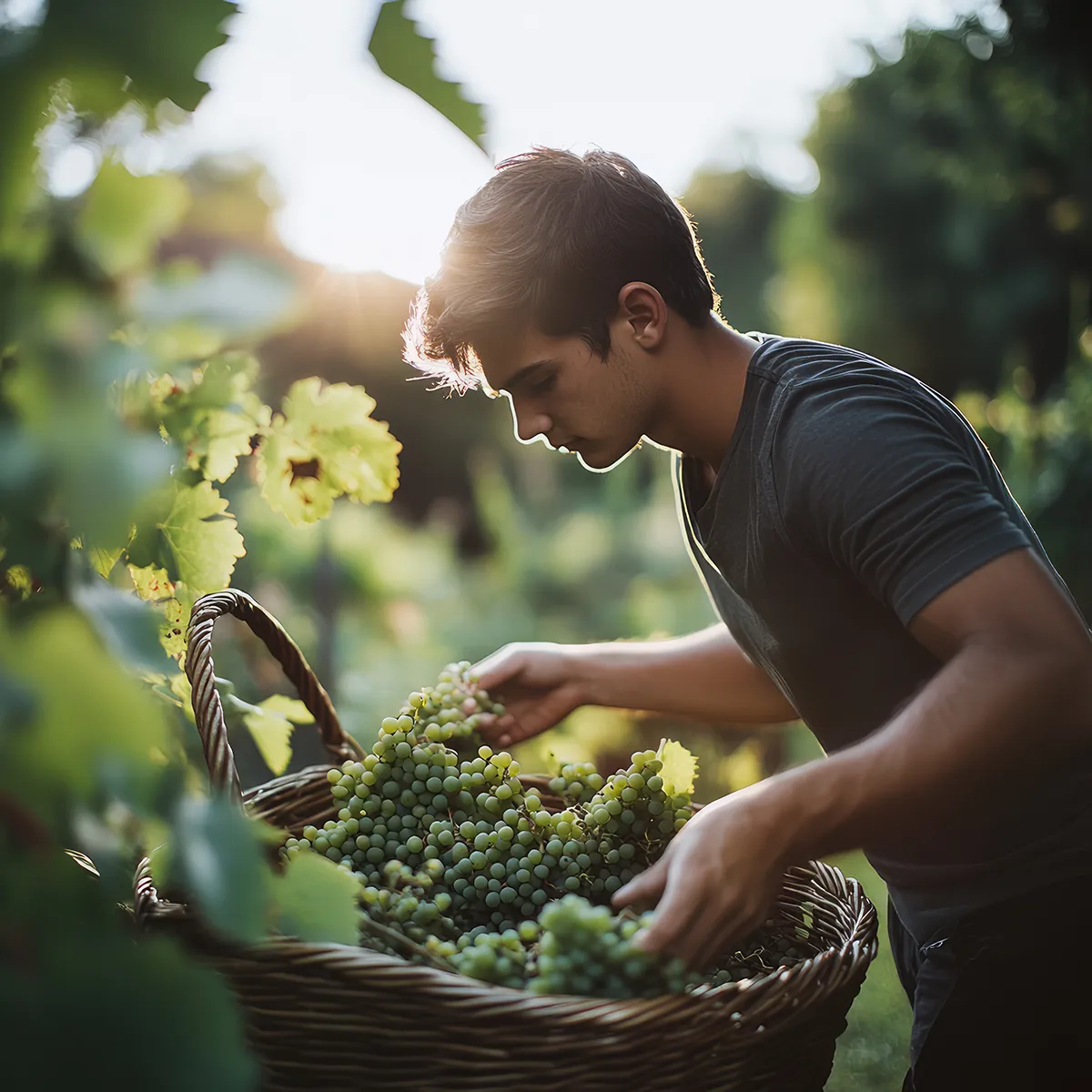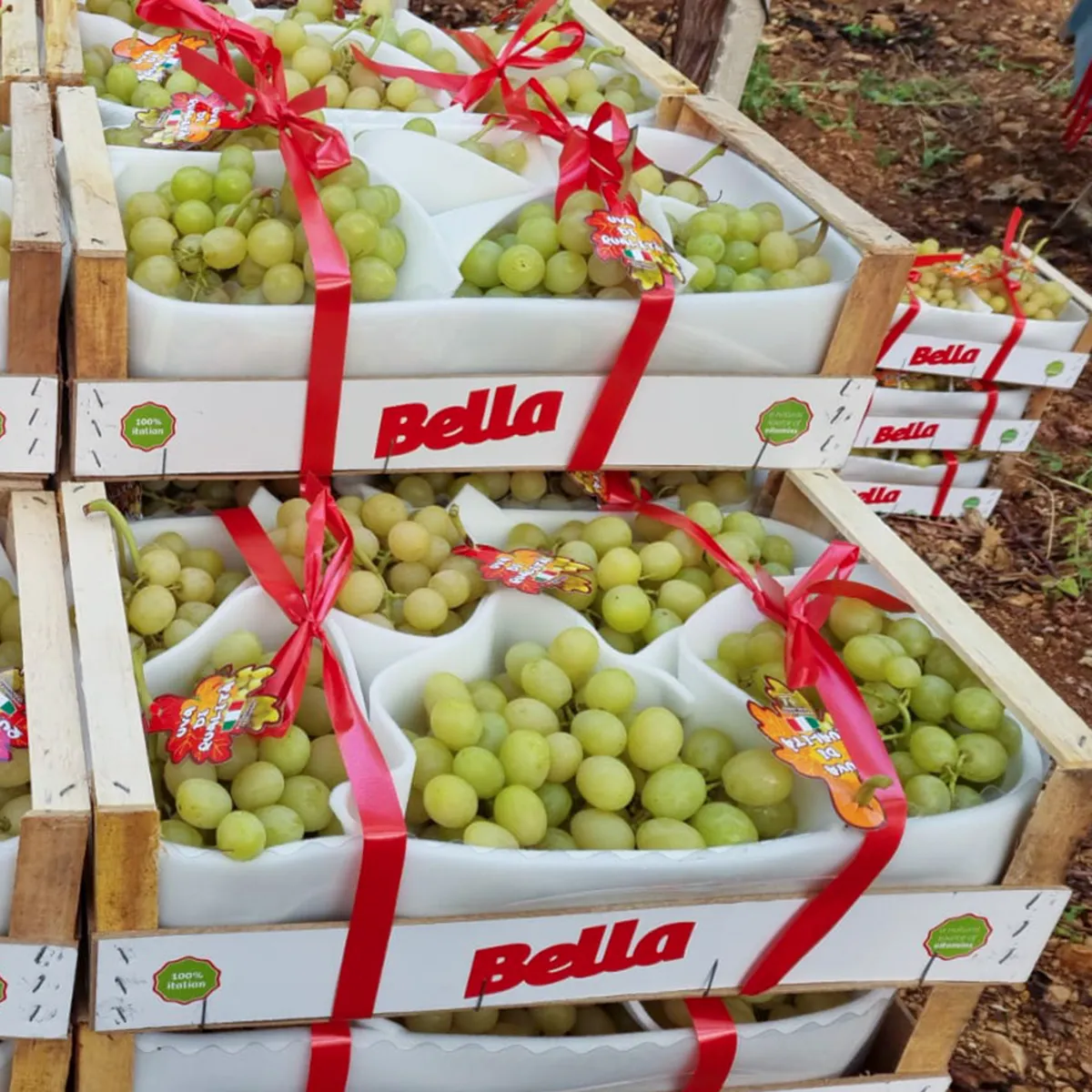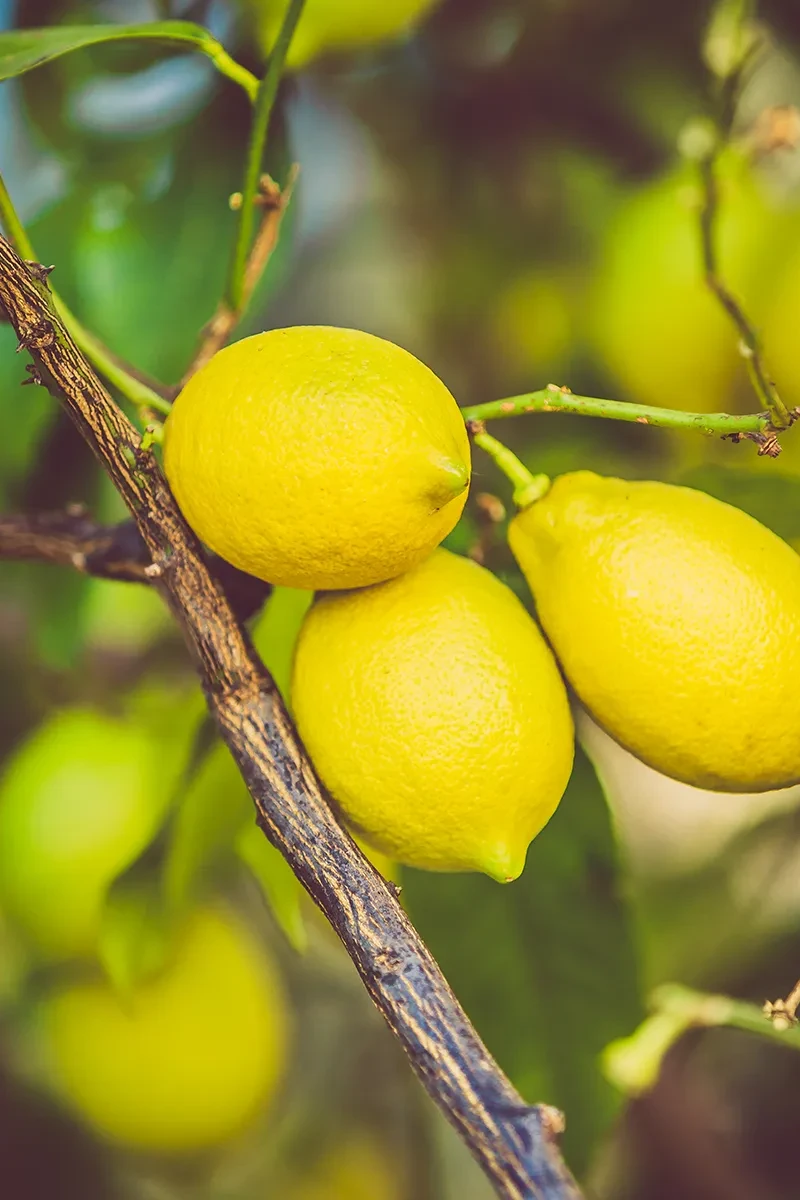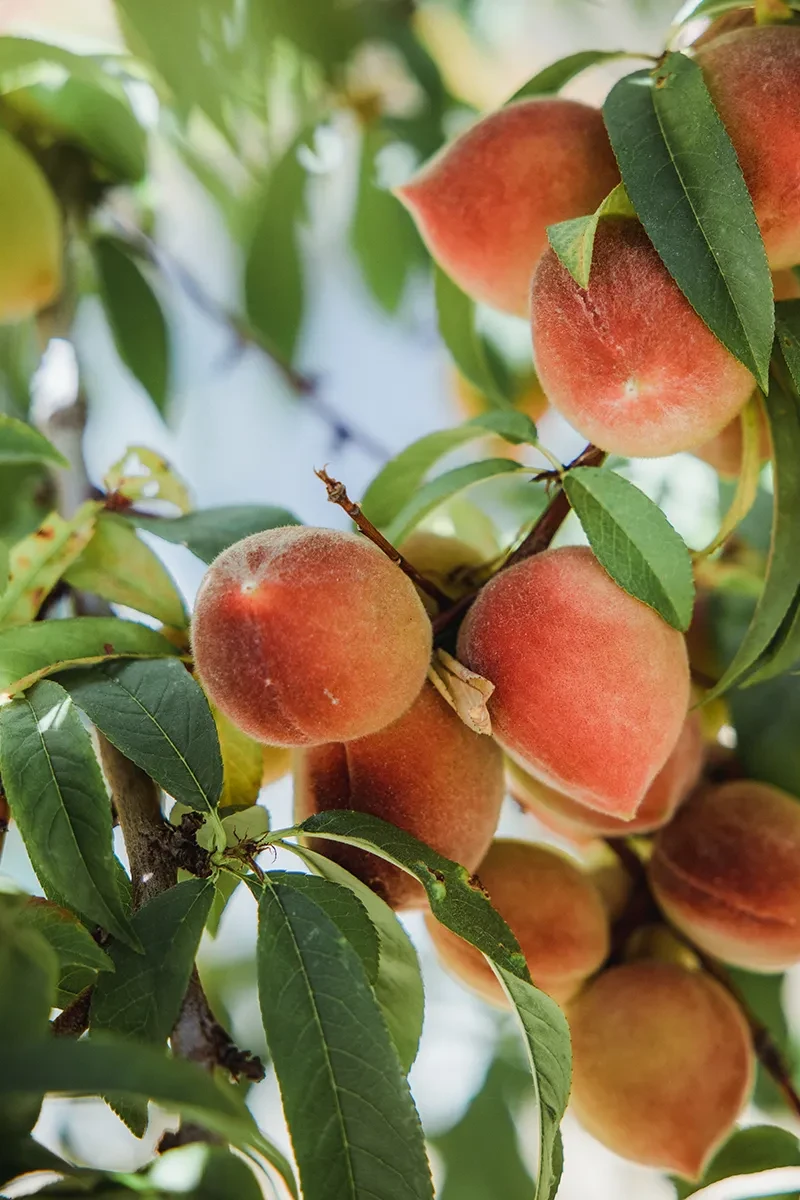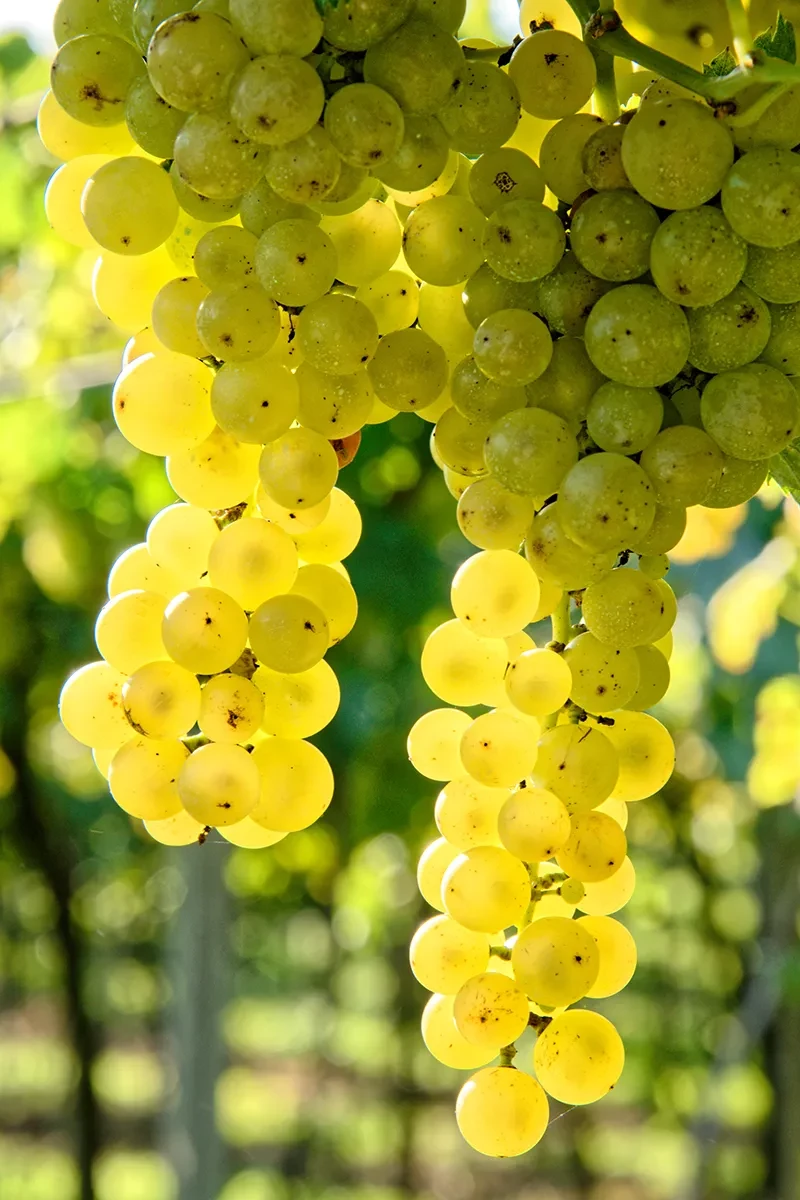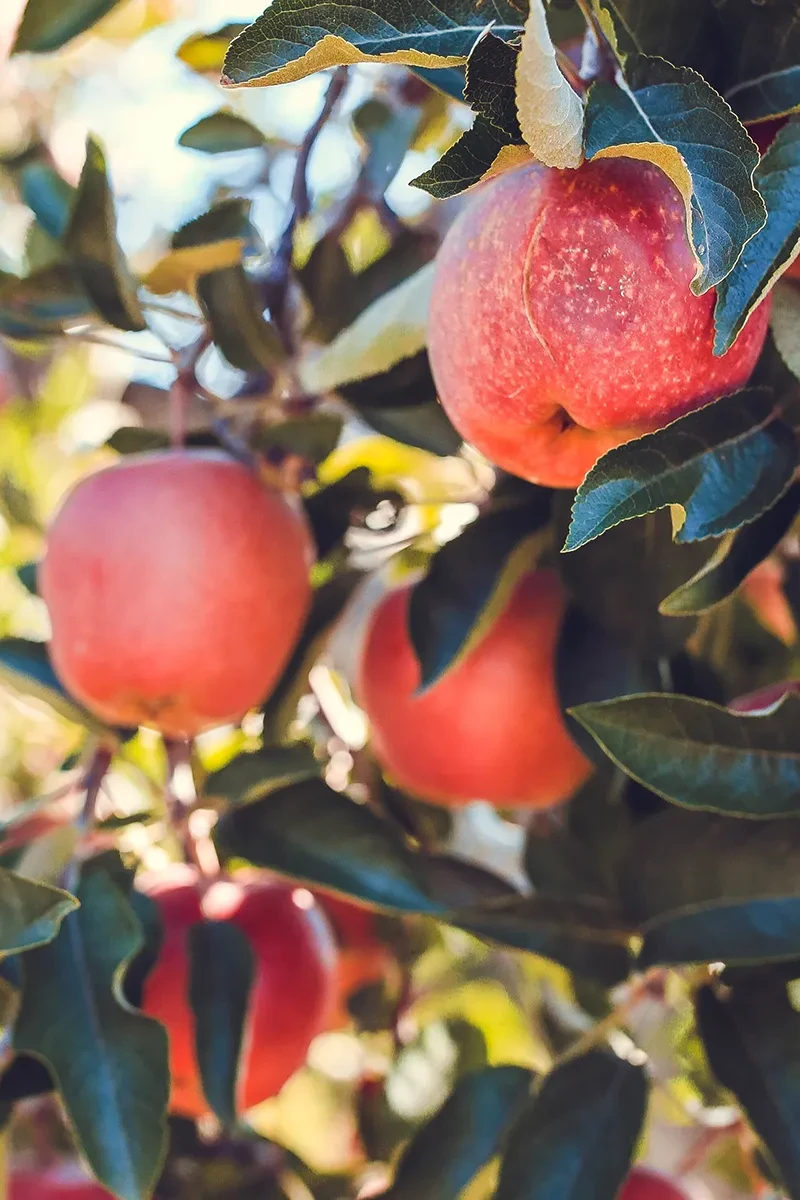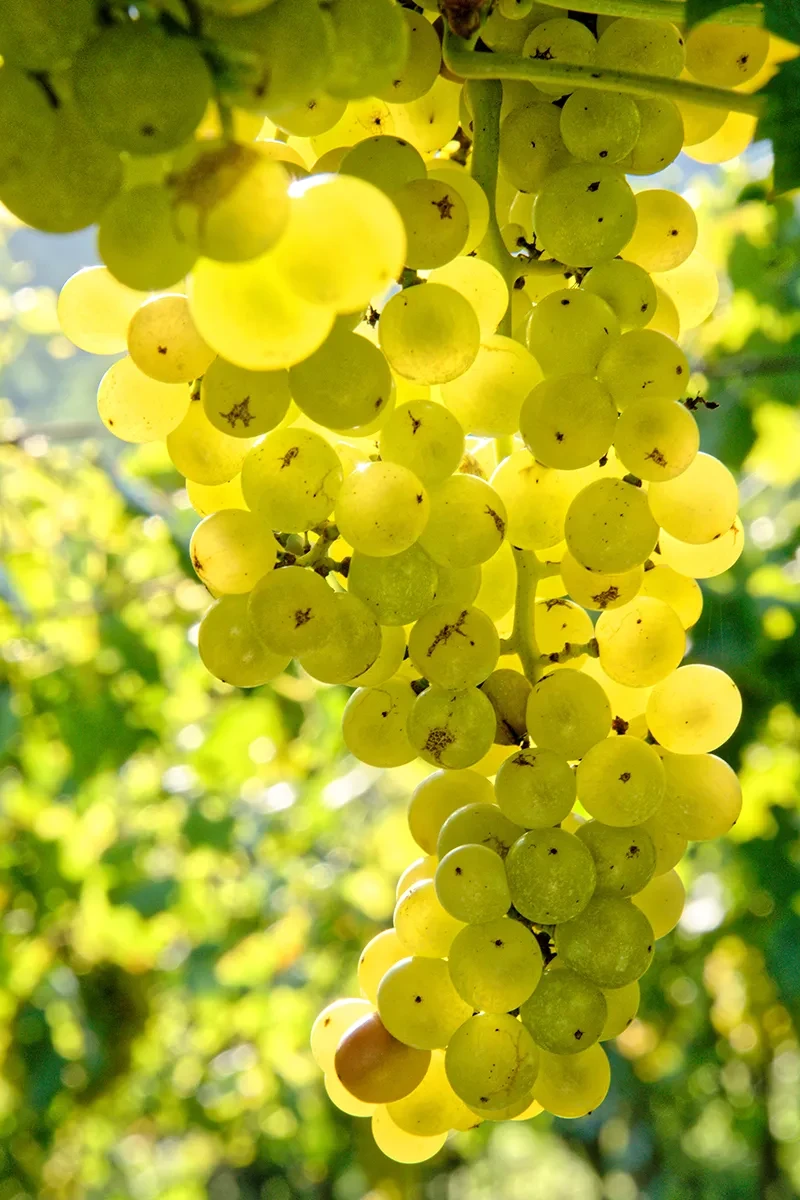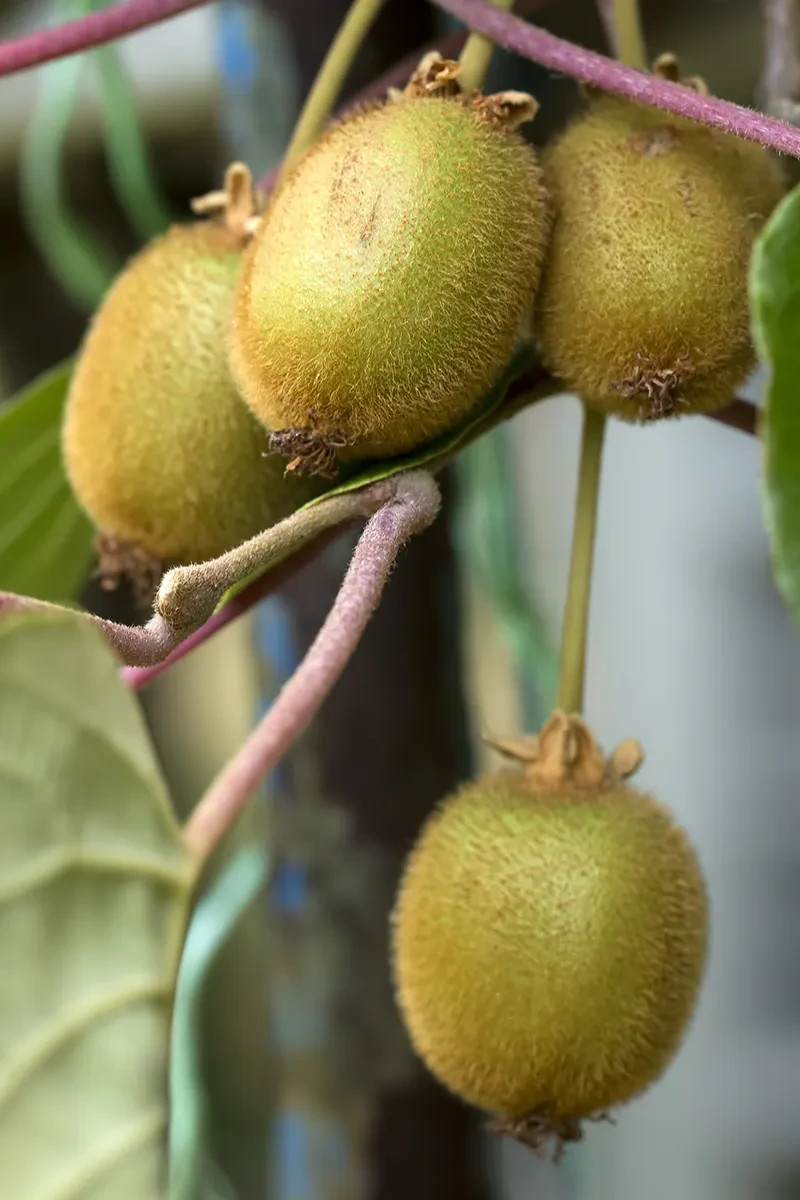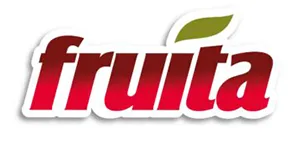La freschezza italiana che parla al mondo
Ogni giorno selezioniamo, prepariamo e spediamo ortofrutta fresca con un obiettivo chiaro: portare un autentico patto di fiducia che si rinnova a ogni consegna. Per questo curiamo ogni dettaglio della filiera, dalla selezione alla logistica, per garantire genuinità, tracciabilità e una freschezza che resiste al tempo e ai confini.
Distribuiamo l’Eccellenza Italiana nei mercati globali potendo contare su una Rete Logistica capillare.
Nava ha sempre investito nell’innovazione e rafforzato la propria catena logistica per preservare al meglio la freschezza dei suoi prodotti.
Nava consegna frutta fresca in TUTTO IL MONDO
L’esperienza e la competenza maturate negli anni ci consentono di penetrare nuovi mercati, garantendo consegne puntuali di prodotti sempre freschi come appena raccolti.

Scopri la nostra ampia gamma di prodotti coltivati con passione e consegnati con cura in tutto il mondo.
Perché dovresti scegliere NAVA
Diamo priorità a pratiche ecocompatibili per garantire che i nostri processi produttivi siano sostenibili e rispettosi dell’ambiente.
La nostra agricoltura rispetta i cicli naturali di crescita , garantendo prodotti coltivati in armonia con la natura.
Offriamo prodotti sia convenzionali che biologici per soddisfare le diverse preferenze dei consumatori e gli standard di salute.
Aderiamo a rigorosi standard di qualità e certificazioni per garantire prodotti della massima qualità.
Offriamo una varietà di opzioni di imballaggio per soddisfare le esigenze dei nostri clienti, mantenendo al contempo la freschezza e l’integrità del prodotto.
Hai bisogno di maggiori informazioni sui nostri prodotti e servizi?
Contatti
"*" indica i campi obbligatori

